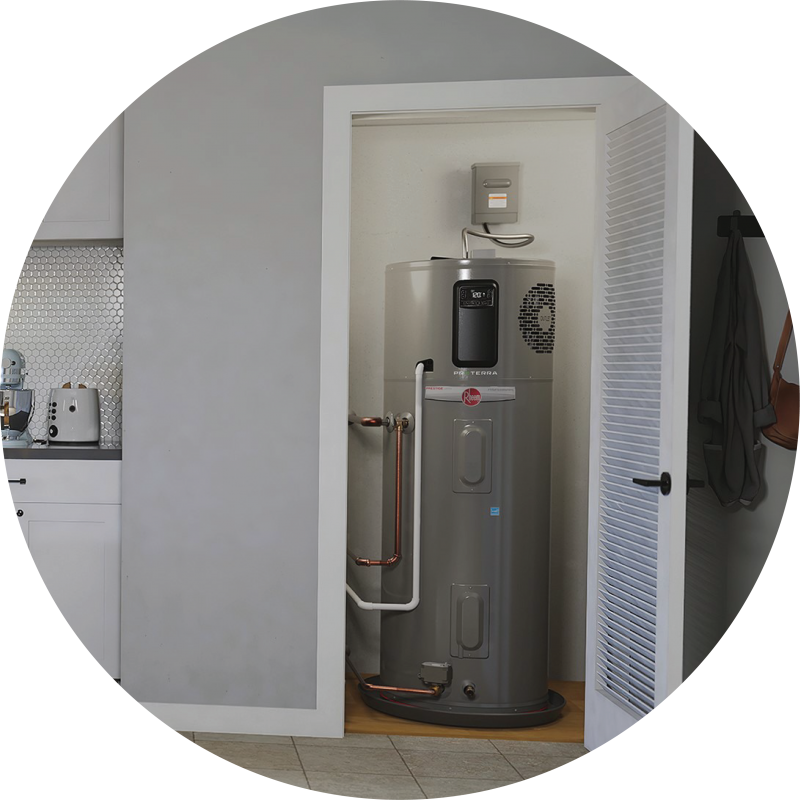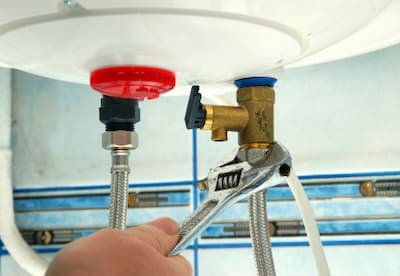How to Extend the Life of Your Home's Hot Water System Through MaintenanceSimple Steps to Maintaining Your Home's Hot Water System
How to Extend the Life of Your Home's Hot Water System Through MaintenanceSimple Steps to Maintaining Your Home's Hot Water System
Blog Article
This post further down relating to Tips For Maintaining Your Hot Water Heater is seriously stimulating. Don't bypass it.

Hot water is essential for everyday comfort, whether it's for a rejuvenating shower or cleaning dishes. To guarantee your warm water system runs effectively and lasts much longer, routine upkeep is key. This post provides functional tips and understandings on how to preserve your home's hot water system to prevent disturbances and pricey repair work.
Intro
Maintaining your home's hot water system could seem complicated, yet with a few basic steps, you can ensure it runs efficiently for several years to come. This overview covers every little thing from understanding your hot water system to DIY upkeep pointers and knowing when to contact specialist help.
Significance of Keeping Your Warm Water System
Regular maintenance not just expands the lifespan of your warm water system but likewise guarantees it runs effectively. Overlooking upkeep can bring about decreased efficiency, higher power costs, and also premature failure of the system.
Indications Your Warm Water System Demands Upkeep
Knowing when your warm water system needs attention can avoid major problems. Watch out for indications such as irregular water temperature level, weird sounds from the heater, or rusty water.
Flushing the Hot Water Heater
Purging your water heater removes sediment buildup, boosting performance and prolonging its life.
Checking and Replacing Anode Rods
Anode rods stop deterioration inside the container. Evaluating and changing them when broken is critical.
Facility Concerns Calling For Specialist Aid
Instances consist of significant leakages, electric troubles, or if your water heater is regularly underperforming.
Routine Professional Maintenance Conveniences
Specialist upkeep can consist of detailed examinations, tune-ups, and making certain conformity with security standards.
Inspecting and Readjusting Temperature Level Settings
Adjusting the temperature level setups makes sure optimum performance and safety.
Do It Yourself Tips for Upkeep
You can carry out numerous upkeep jobs yourself to maintain your warm water system in top problem.
Looking for Leaks
Routinely examine pipes and links for leaks, as these can lead to water damage and greater costs.
Understanding Your Warm Water System
Prior to diving into maintenance jobs, it's practical to understand the fundamental elements of your warm water system. Usually, this includes the hot water heater itself, pipelines, anode rods, and temperature level controls.
Month-to-month Maintenance Tasks
Routine monthly checks can aid capture minor concerns before they escalate.
Examining Pressure Alleviation Valves
Testing the stress relief valve guarantees it functions properly and protects against excessive stress buildup.
Insulating Pipes
Protecting warm water pipes decreases warm loss and can conserve energy.
When to Call a Specialist
While DIY maintenance is useful, some concerns call for professional know-how.
Conclusion
Routine upkeep of your home's warm water system is essential for efficiency, durability, and price savings. By following these suggestions and recognizing when to seek specialist aid, you can make certain a dependable supply of warm water without unforeseen interruptions.
How to Maintain an Instant Hot Water Heater
Before tinkering with your hot water heater, make sure that it’s not powered on. You also have to turn off the main circuit breaker and shut off the main gas line to prevent accidents. Also turn off the water valves connected to your unit to prevent water from flowing into and out of the appliance. 2. When you’re done, you have to detach the purge valves’ caps. These look like the letter “T” and are situated on either side of the water valves. Doing so will release any pressure that has accumulated inside the valves while at the same time avoid hot water from shooting out and burning your skin. 3. When the purge valves’ caps are removed, you have to connect your hosing lines to the valves. Your unit should have come with three hoses but if it didn’t, you can purchase these things from any hardware or home repair shops. You can also get them from retail stores that sell water heating systems. Read the user’s manual and follow it to complete this task properly. When the hosing lines are connected, open the purge port’s valves. 4. You should never use harsh chemical cleaners or solutions when cleaning your unit. Make use of white vinegar instead. It should be undiluted and you’ll probably use about 2 gallons. 5. Now flush your water heater. This task should probably take about 40 minutes. We can’t give you specific directions for this because the procedure is carried out depending on the type, model and brand of your heater. With that being said, refer to the user’s manual. 6. When you’re done draining the unit, you have to turn off the purge port valves again. Remove the hosing lines that you earlier installed on each of the water valves. Put the valve caps (purge port) back in their respective places and be very careful so as not to damage the rubber discs that are found inside these caps. 7. Now that everything’s back in place, check your user’s manual again to find out how to reactivate your water heating system. 8. Once it is working, turn one of your hot water faucets on just to let air pass through the heater’s water supply pipes. Leave the tap on until water flows smoothly out of it. https://www.orrplumbing.com/blog/2014/september/how-to-maintain-an-instant-hot-water-heater/

We were brought to that report on How to Maintain a Hot Water Heater in a Few Simple Steps through an acquaintance on a different website. Liked our blog posting? Please share it. Help others check it out. I enjoy your readership.
Get Started Report this page